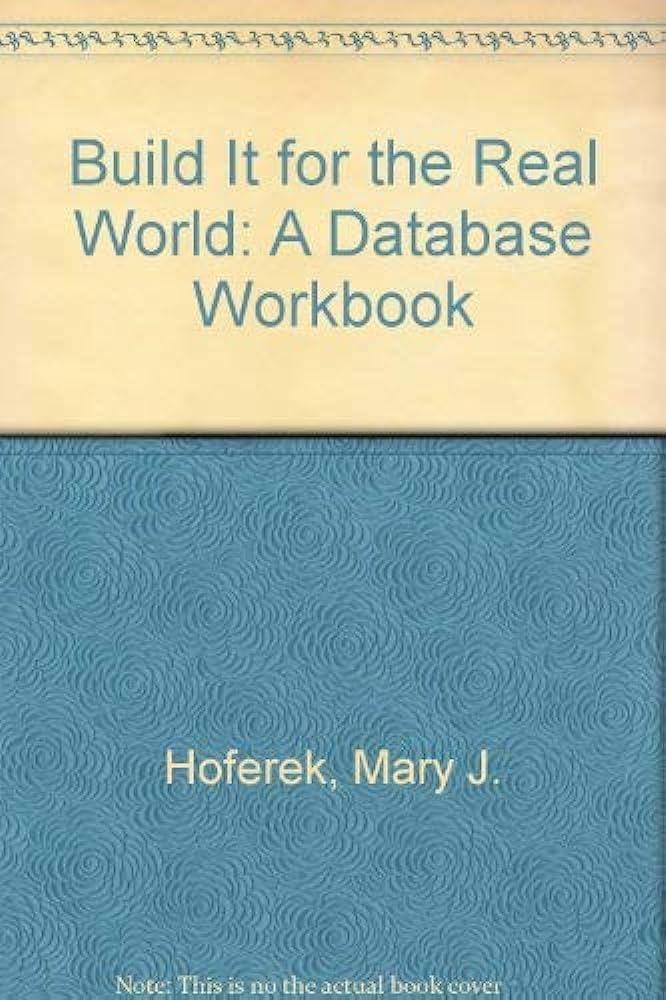Question
1. Suppose a fair and a biased coin are tossed independently. The biased one gives 0 with probability 1/3 and 1 with probability 2/3. Let
1. Suppose a fair and a biased coin are tossed independently. The biased one gives 0 with probability 1/3 and 1 with probability 2/3. Let be the set of elementary events {(0, 0), (0, 1), (1, 0), (1, 1)} consisting of the four possible outcomes. Let the first bit of each pair correspond to the toss of the fair coin, the second to the toss of the biassed coin.
(a) What is the probability measure Pr on each element of ?
(b) Write down the random variables corresponding to the first and the second toss, let us denote them by X and Y. That is, write down what X and Y assign to each element of .
(c) Are X and Y independent random variables?
(d) Let Z be the XOR of the outcomes of the two tosses, write down this random variable as well.
(e) What are the subsets [Y = 1], [Z = 0] and [Y = 1 Z = 0] of ?
(f) Compute Pr(Y = 1), Pr(Z = 0), and Pr(Y = 1 Z = 0). Compute also Pr(Y = 1|Z = 0) and Pr(Z = 0|Y = 1). Are [Y = 1] and [Z = 0] independent events?
(g) Are Y and Z independent random variables? Justify it with computing the necessary probabilities.
(h) Are X and Z independent random variables? Justify it with computing the necessary probabilities.
Step by Step Solution
There are 3 Steps involved in it
Step: 1

Get Instant Access to Expert-Tailored Solutions
See step-by-step solutions with expert insights and AI powered tools for academic success
Step: 2

Step: 3

Ace Your Homework with AI
Get the answers you need in no time with our AI-driven, step-by-step assistance
Get Started


